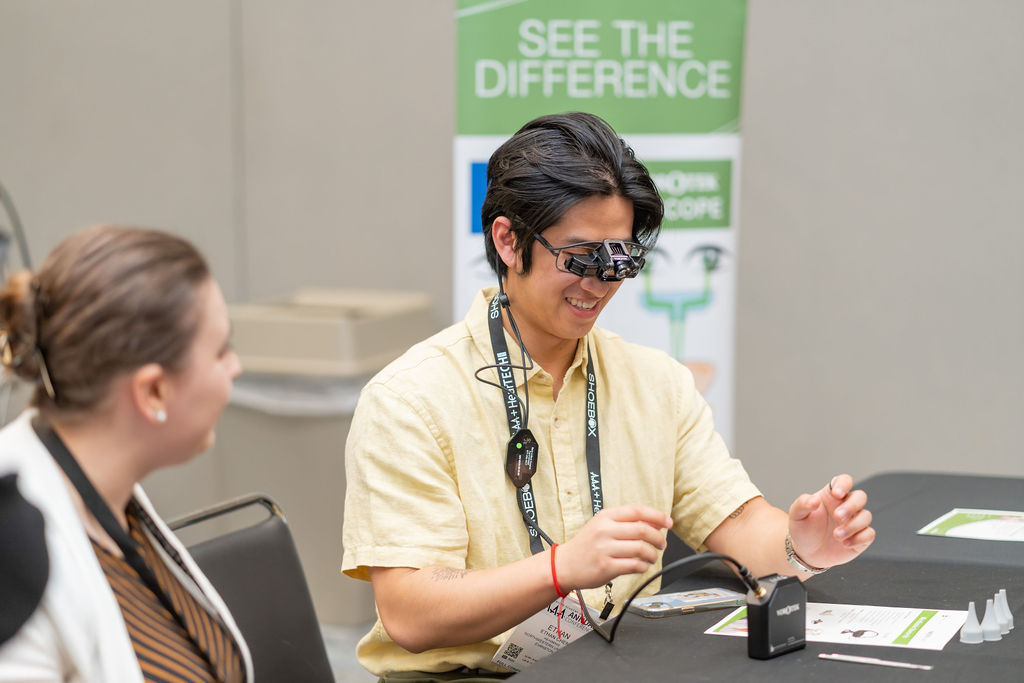The year 2020 is the 250th anniversary of the birth of the great classical composer, Ludwig van Beethoven (1770-1827). There is no authentic record of his actual date of birth, however the registry of his baptism in the Catholic parish of St. Remigius was on December 17, 1770.
To recognize this historical occasion, Perciaccante et al (2020) provide a review of Beethoven’s hearing loss and his use of hearing instruments of the time.
The authors begin with Beethoven’s early symptoms that manifested in his 20s, first in his left ear with initial reports of difficulty hearing higher-frequency tones and loss of speech clarity, tinnitus, and loudness recruitment. They also provide an interesting description of the autopsy of his temporal bone and differential diagnosis.
The story continues with discussion of the various ear trumpets used by the composer, as well as a resonating plate and special piano designed by the great piano maker, Conrad Graf.
For the history lesson check out Perciaccante et al(2020). Beethoven: His Hearing Loss and His Hearing Aids Otol Neurotol. June 24.
Recent Posts
Academy Presents Inaugural AAA National Health Leadership Award to Representative Bilirakis
Today, Patrick Gallagher, Executive Director of the American Academy of Audiology, presented the inaugural AAA National Hearing Health Leadership Award to Representative Gus Bilirakis (R-FL)…
2026 Academy Honors and Awards Recipients
Every year, the Academy asks colleagues, friends, and mentees to look around their professional circles and identify members who are deserving of recognition for outstanding…
Turn Insight Into Action! Attend Learning Labs at AAA 2026
Ready to take your professional development to the next level? At AAA 2026, Learning Labs are your chance to go beyond lectures and dive into…


